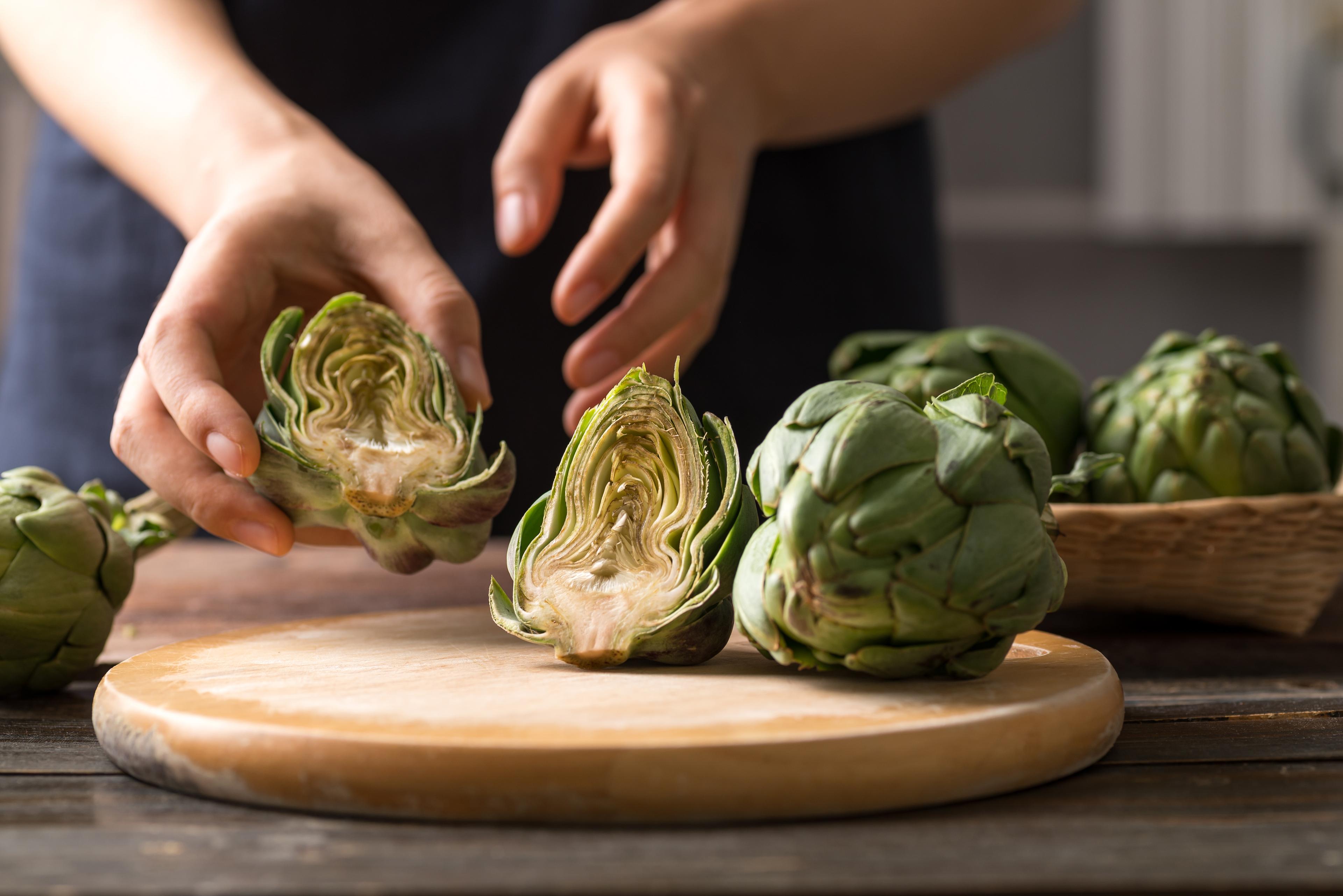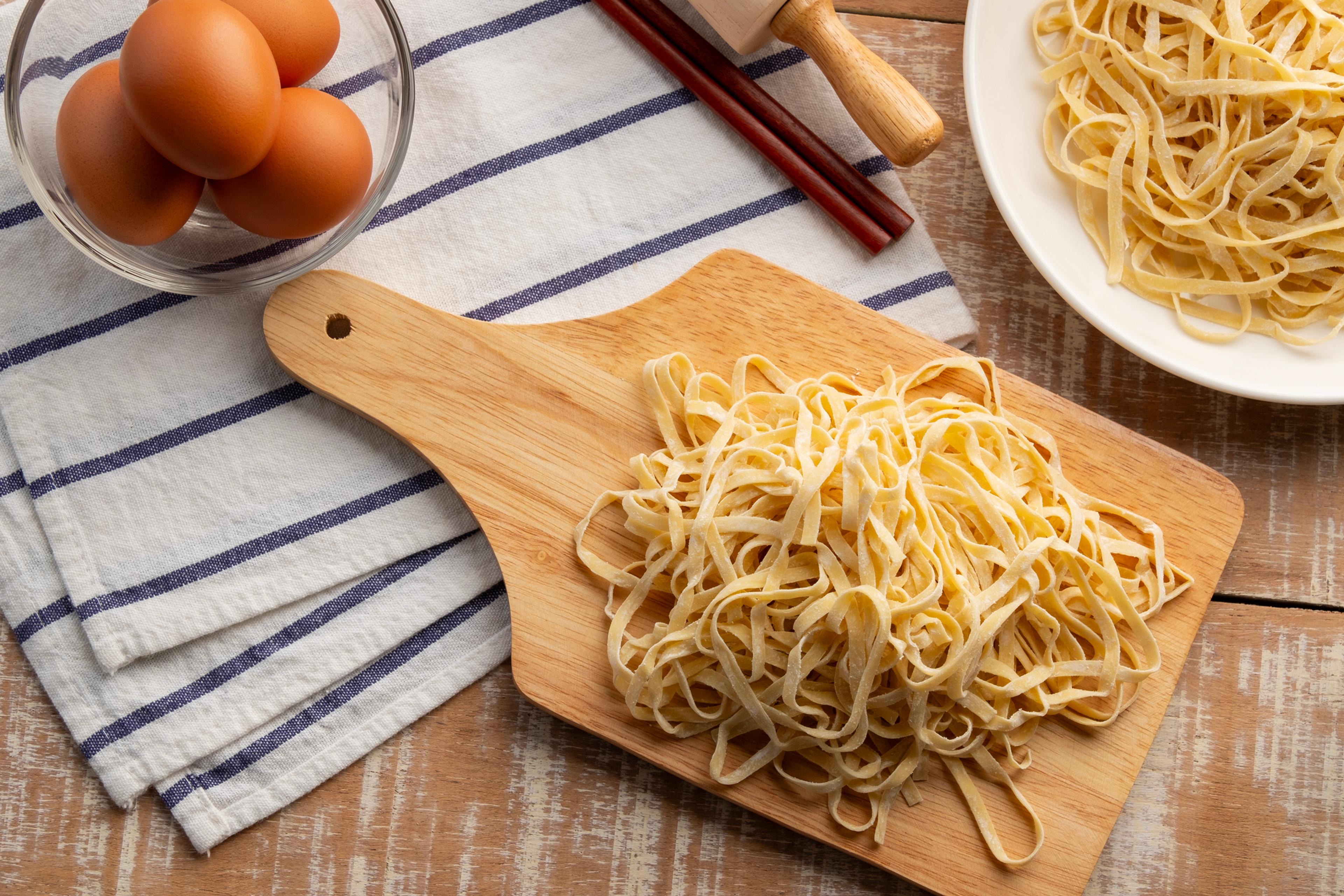How to Cook Artichokes

| 1 min read

How to Cook Artichokes– Steaming Method
Total Time:
45 minutes
Prep Time:
5 minutes
Cooking Difficulty:
Medium
Serving Amount
Ingredients
2 artichokes
1⁄2 lemon
water
Instructions
Step 1
Bring a few inches of water to a boil in a large pot that fits a steamer insert with a lid.
Step 2
Using a knife, cut the stem off at the base of 2 artichokes. Pull off any small, dark leaves near the base and discard.
Step 3
Next, cut off about 1 inch from the top of the bulbs.
Step 4
Trim the artichoke’s leaves about 1/3 inch from each leaf to remove the sharp points. Optionally, rub half a lemon on the cut tops and bottoms to prevent browning.
Step 5
Rinse the trimmed artichokes under cold running water. Gently separate the leaves to remove any dirt hidden between layers.
Step 6
Place the artichokes inside cut-side up in a steamer basket or strainer in the pot. Then, reduce the heat to a gentle simmer and let the pot steam, covered, for 30 to 45 minutes.
Step 7
Check for doneness. The artichokes are ready when you can pull off an outer leaf without much effort. Remove the artichokes from the pot and let cool before serving.
How to Cook Artichokes – Boiling Method
Total Time:
45 minutes
Prep Time:
5 minutes
Cooking Difficulty:
Medium
Serving Amount
Ingredients
2 artichokes
1⁄2 lemon
water
Instructions
Step 1
Fill a pot half full of water and bring it to a boil.
Step 2
Using a knife, cut the stem off at the base of 2 artichokes. Pull off any small, dark leaves near the base and discard.
Step 3
Next, cut off about 1 inch from the top of the bulbs.
Step 4
Trim the artichoke’s leaves about 1/3 inch from each leaf to remove the sharp points. Optionally, rub half a lemon on the cut tops and bottoms to prevent browning.
Step 5
Rinse the trimmed artichokes under cold running water. Gently separate the leaves to remove any dirt hidden between layers.
Step 6
Add the artichokes to the boiling water.
Step 7
Next, lower the heat to a simmer and leave the artichokes to cook covered for 20 to 30 minutes.
Step 8
Check for doneness. The artichokes are ready when you can pull off an outer leaf without much effort.
Step 9
Drain the artichokes in a colander to remove the water before serving.





